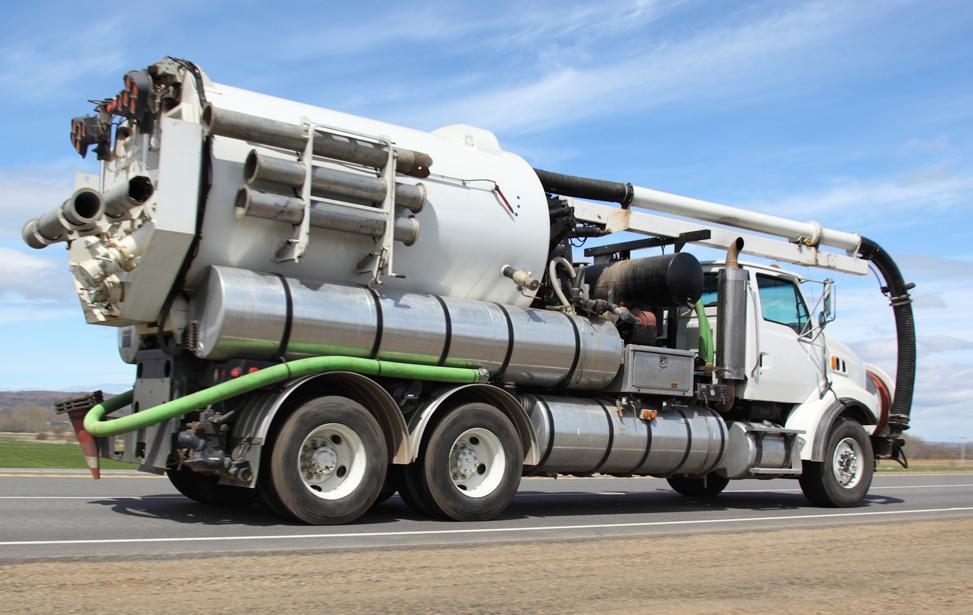Market Drivers:
The Sanitation Vehicles Market is experiencing robust growth driven by several factors. One of the primary drivers is the increasing global urbanization rate, which leads to higher volumes of waste generated in cities and towns. As urban populations grow, the demand for efficient waste management solutions, including sanitation vehicles, escalates. Additionally, stringent government regulations aimed at environmental protection and waste management drive the adoption of advanced sanitation vehicles equipped with emission control systems and waste segregation mechanisms. Moreover, rising public awareness about the importance of cleanliness and hygiene further boosts the demand for sanitation vehicles, especially in densely populated urban areas.
The Global Sanitation Vehicle Market Size was valued at US$ 15.44 Bn in 2024 and is expected to reach US$ 16.66 Bn by 2031 at a CAGR of 5.4% between 2024 and 2031.
PEST Analysis:
Conducting a PEST analysis provides insights into the external factors influencing the Sanitation Vehicles Market. From a political perspective, government policies and regulations play a pivotal role in shaping the market landscape. Policies promoting sustainable waste management practices, such as recycling initiatives and landfill regulations, drive the demand for innovative sanitation vehicles. Economic factors, including GDP growth, disposable income levels, and infrastructure investments, impact the affordability and adoption of sanitation vehicles in different regions. Social factors such as changing consumer lifestyles and cultural attitudes towards waste management influence market preferences and demand patterns. Furthermore, technological advancements and environmental concerns drive market innovation and product development.
SWOT Analysis:
A comprehensive SWOT analysis helps assess the strengths, weaknesses, opportunities, and threats facing the Sanitation Vehicles Market. Market strengths include the growing demand for sanitation vehicles driven by urbanization trends and environmental regulations. Weaknesses may include high initial investment costs, maintenance challenges, and the complexity of waste management logistics. Opportunities arise from technological advancements, such as the development of autonomous sanitation vehicles and the integration of IoT-enabled systems for real-time monitoring and optimization. Threats include competition from alternative waste management solutions, regulatory uncertainties, and geopolitical factors affecting market dynamics.
